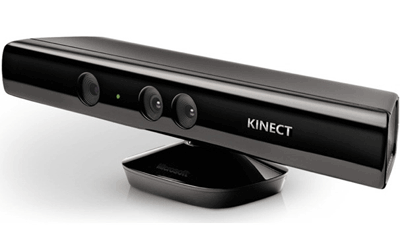System to feature four new speech recognition languages and new tracking feature
Well, if we can say anything about the Kinect for Windows team, it’s that they don’t like to sit idle for too long. Case in point: they just shipped the system out of beta this past February, and already Craig Eisler, GM of Kinect for Windows, is writing on the company’s blog about upcoming changes featured in the system’s 1.5 version.

The Kinect for Windows team is already working on a 1.5 version of the system, close to two months after the release of its beta version. (Via: pcmag.com)
So, let’s follow suit and not waste any time. Here’s a brief overview of everything he covered:
Kinect for Windows will be a more ubiquitous system
Kinect for Windows will be launched in 19 more countries, including China (Hong Kong), South Korea, Taiwan, Austria, Belgium, Brazil, Denmark, Finland, India, the Netherlands, Norway, Portugal, Russia, Saudi Arabia, Singapore, South Africa, Sweden, Switzerland, and the United Arab Emirates.
The updated system will also include four new languages for its speech recognition application: French, Spanish, Italian, and Japanese.
Additionally, there will be new language packs to provide better speech recognition when it comes to the way in which a language is spoken in different regions: English/Great Britain, English/Ireland, English/Australia, English/New Zealand, English/Canada, French/France, French/Canada, Italian/Italy, Japanese/Japan, Spanish/Spain and Spanish/Mexico.
Kinect for Windows will also feature expanded capabilities
Version 1.5 will feature a new application called “Kinect Studio,” which allows developers to record, playback, and debug clips of users engaging with their applications.
Perhaps the most exciting announcement in the post is the pending release of what Eisler calls “seated” or “10-joint” skeletal tracking. It provides the capability to track the head, neck, and arms of either a seated or standing user, and works in both default and near mode.
What’s next?
Eisler doesn’t provide much more detail than this, so we’re left wondering how, exactly, they’re going to accomplish the whole skeletal tracking application, and how the team intends for it to be used. The good news, though, is that he promises to reveal greater detail in the coming weeks about all of these new updates as we move closer to the official launch date of the new system (expected to be near the end of May). ■
Advertisement
Learn more about Electronic Products Magazine





